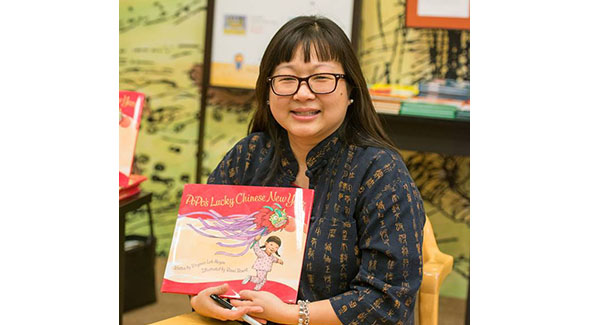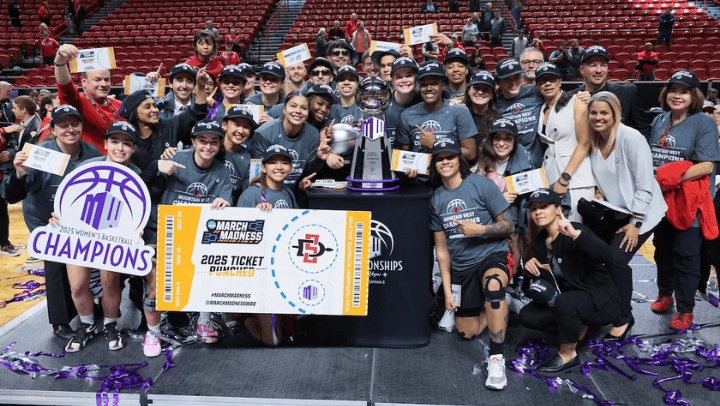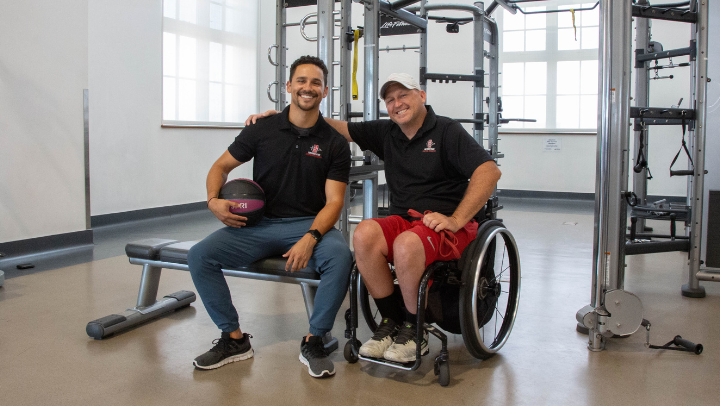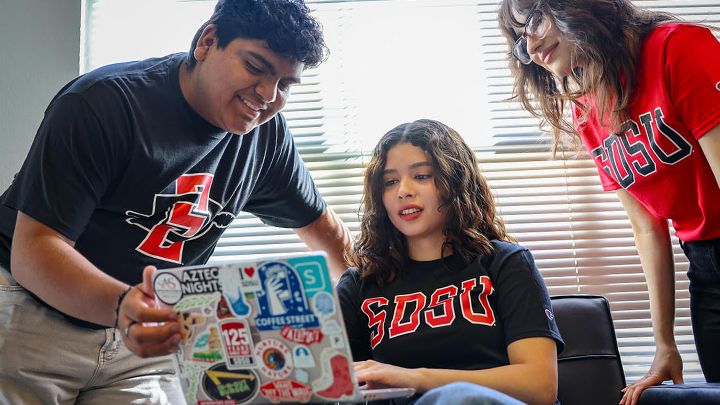New PBS Series Brings Asian American Perspective to K-12 Learning
New documentary series and accompanying curriculum expands access to Asian American history during Asian and Pacific Islander American Heritage Month.

“These lesson plans and the documentary are tools that can be used to promote learning, conversations, and discussions.”
PBS has begun airing a new five-part documentary series called “Asian Americans” and thanks in part to a San Diego State University faculty member, students across the country can follow along with the series in class.
The series spotlights individual lives and personal histories of a population the 2010 U.S. Census identified as the nation’s fastest-growing racial/ethnic group, exploring its impact on the country’s past, present and future.
Virginia Loh-Hagan, Liberal Studies program director at SDSU and a faculty member in the School of Teacher Education, led a curriculum team of K-6 educators in writing lesson plans that align with the series. Loh-Hagan was selected by Asian Americans Advancing Justice (AAAJ) to lead the elementary curriculum team on this project, which was supported by a grant.
The curriculum Loh-Hagan and her team created is now part of the largest online collection of Asian American history lessons for K-12 students, and in conjunction with the PBS documentary series, is expected to reach 1.6 million PBS LearningMedia registered educators.
For Loh-Hagan, the hope is that the documentary and curriculum provide increased access to information and foster more diverse learning environments.
“I am so excited about the documentary and I am so excited that I have been able to be a part of this project,” said Loh-Hagan. “This will help build more inclusivity and create diverse experiences and contribute to representation.”
She recalls being a student herself at a time when Asian Americans were not reflected in her school's curriculum.
“With this, I’m hoping teachers become more deliberate and intentional about including diverse perspectives and that the excuse of ‘I didn’t know about it’ or ‘it’s not my culture so I don’t want to offend’ can’t be used,” said Loh-Hagan. “I want to eliminate the reasons people have for why they don’t include diverse perspectives. These lesson plans and the documentary are tools that can be used to promote learning, conversations, and discussions.”
As a former elementary school teacher, Loh-Hagan taught Asian American history but was faced with a lack of teaching materials. This inspired her to enter the field of teacher education and to write children’s books that reflect the experiences of Asian American historical figures and experiences.
“Fourth grade was my favorite curriculum to teach mainly because we got to teach California history,” said Loh-Hagan. “A lot of it has to do with Asian American history like Angel Island, Chinese Exclusion Act, transcontinental railroad and the Gold Rush. When I was teaching I was finding a dearth of materials. Getting into teacher education has been a way for me to influence generations of teachers to be more inclusive in terms of their curriculum.”
Loh-Hagan said she may not be in an elementary classroom anymore but she still wants to contribute to education as an author and as a teacher educator.
“Diverse voices need to be integrated into the mainstream narrative,” said Loh-Hagan. “It is important to know that diverse peoples have been a part of building the American narrative and that is what’s important to me about this project and I feel really lucky to be a part of this.”
Loh-Hagan strives to continue her advocacy of Asian American history and culture at SDSU.
“We can do it. We can provide a curriculum and a learning experience that is inclusive, that is diverse and that allows people to open their mindsets.”



